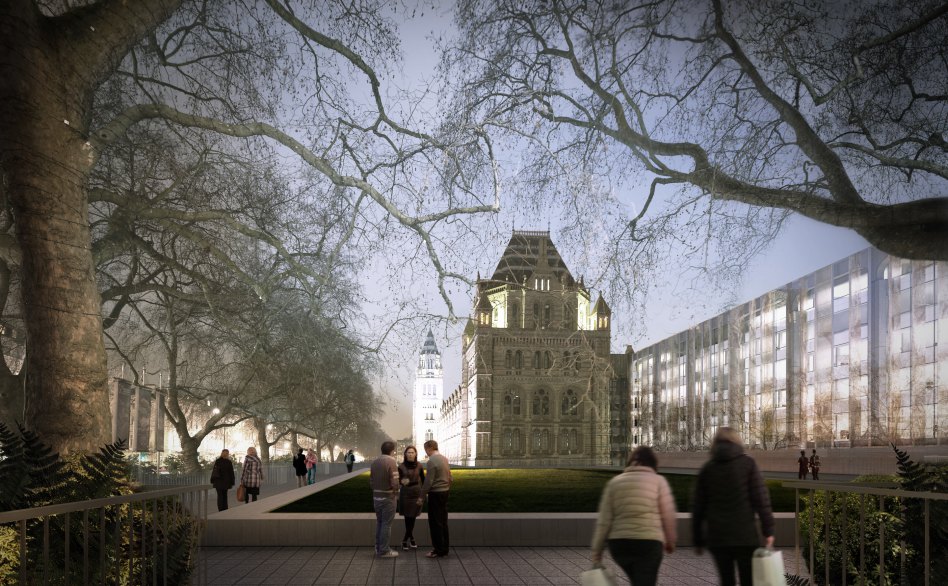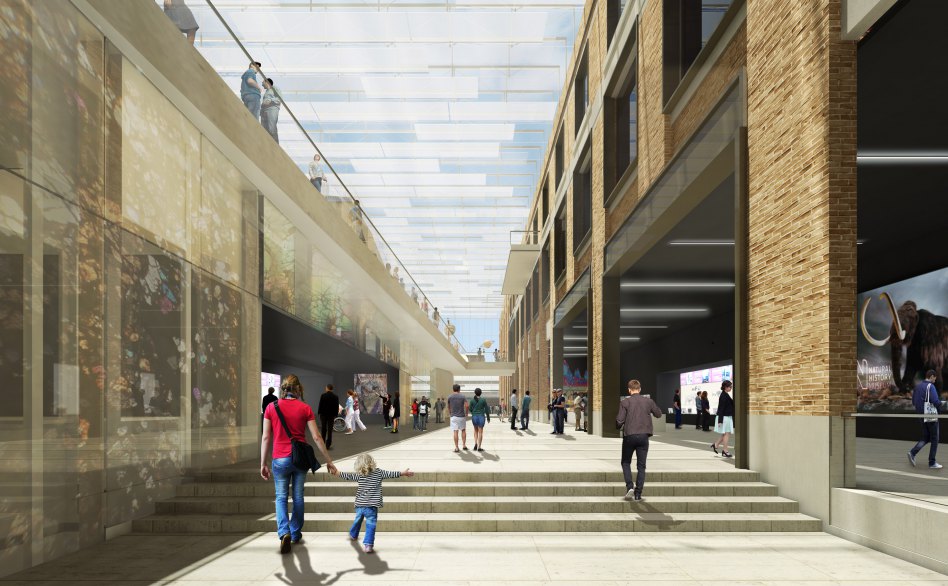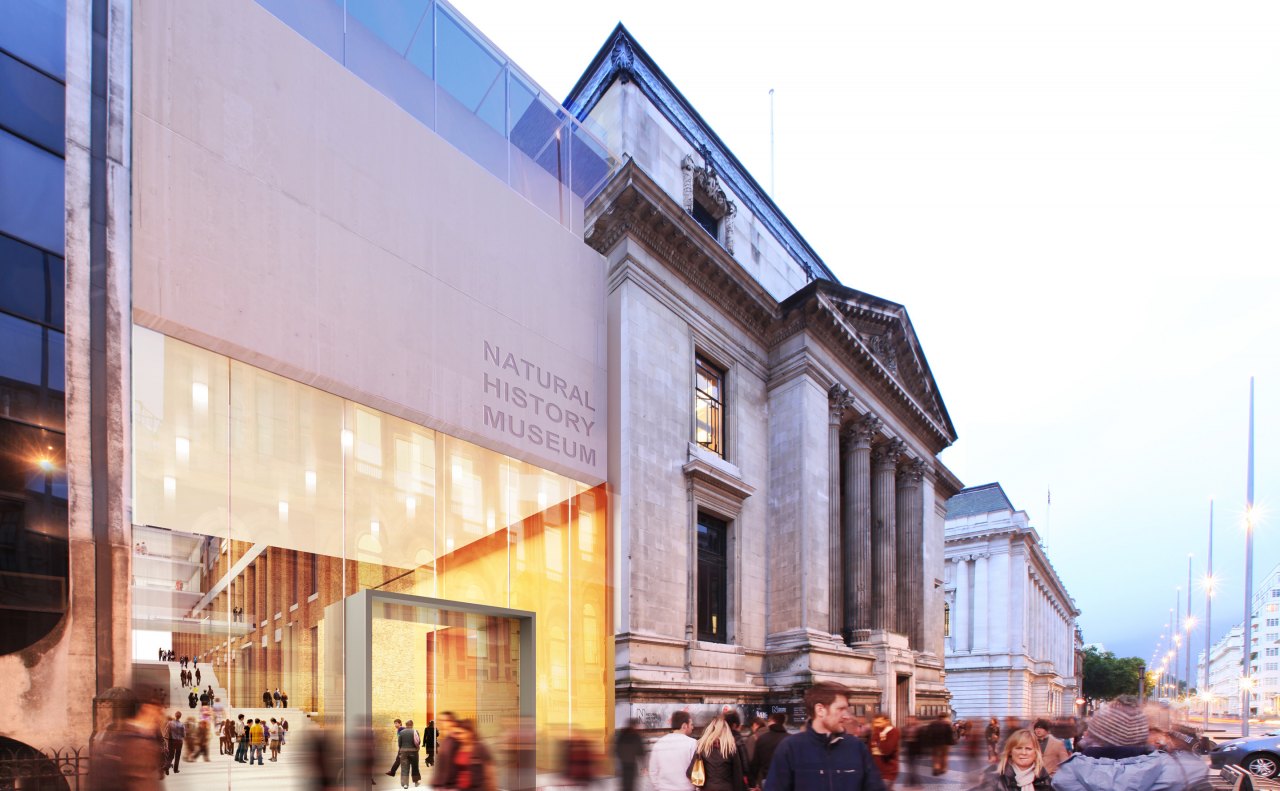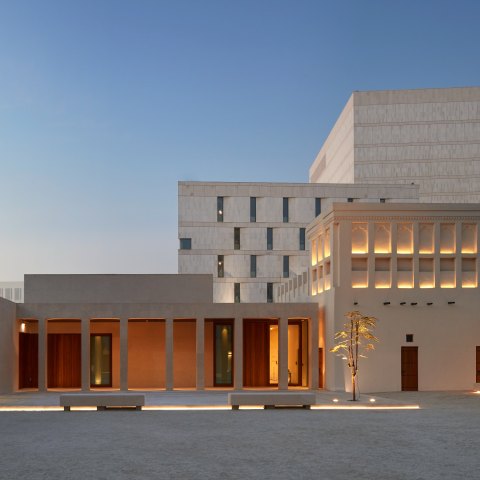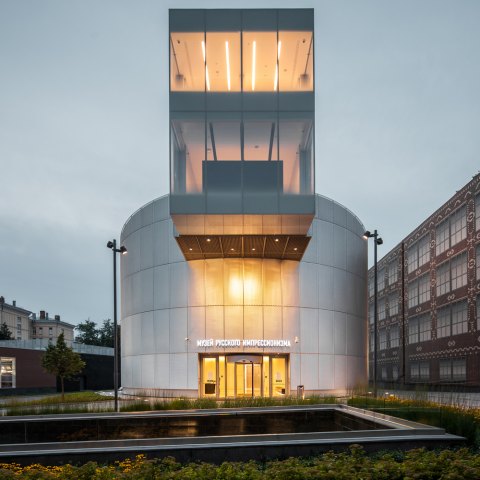Natural History Museum
London, UK. 2013
The Natural History Museum is one of the nation’s most celebrated cultural institutions within one of its most important Gothic Revival buildings. The Grade I listed masterpiece by Alfred Waterhouse opened in April 1881 to an enthusiastic public and professional response. The plan of the Museum, conceived 20 years earlier by its then superintendent, was based on ideas about the use and display of collections that had proven not to work in practice. This has led to poor circulation and congestion, which limits the Museum’s ability to display its collections and the public’s enjoyment of them.
JMP is leading a number of projects for the Museum. These aim to resolve the critical issue of congested circulation and extend the galleries into currently underused areas. One project, the new Earth and Planetary Sciences Centre, includes a major new entrance on Exhibition Road.
The Earth and Planetary Sciences Centre will link the existing Palaeontology Building and the Earth Galleries, bringing dedicated science research and public galleries together as a single facility for Earth and Planetary Science. Within the Earth Galleries, a new special exhibition hall is to be provided alongside visitor amenities. The proposal connects these two buildings and makes crucial multi-level connections to the historic Waterhouse building, clarifying circulation throughout the Museum. To achieve this, a major new entrance and central hall is proposed from Exhibition Road – a dramatic atrium with a number of terraces with views into science areas that will create an active and vibrant heart to the eastern half of the museum.
The key to unlocking these complicated issues is close collaboration with a wide range of stakeholders, including the various Museum departments, Historic England, the Royal Borough of Kensington and Chelsea and The Victorian Society. Building a consensus between these stakeholders is a critical component in the process of successfully introducing change within a building of national importance.
